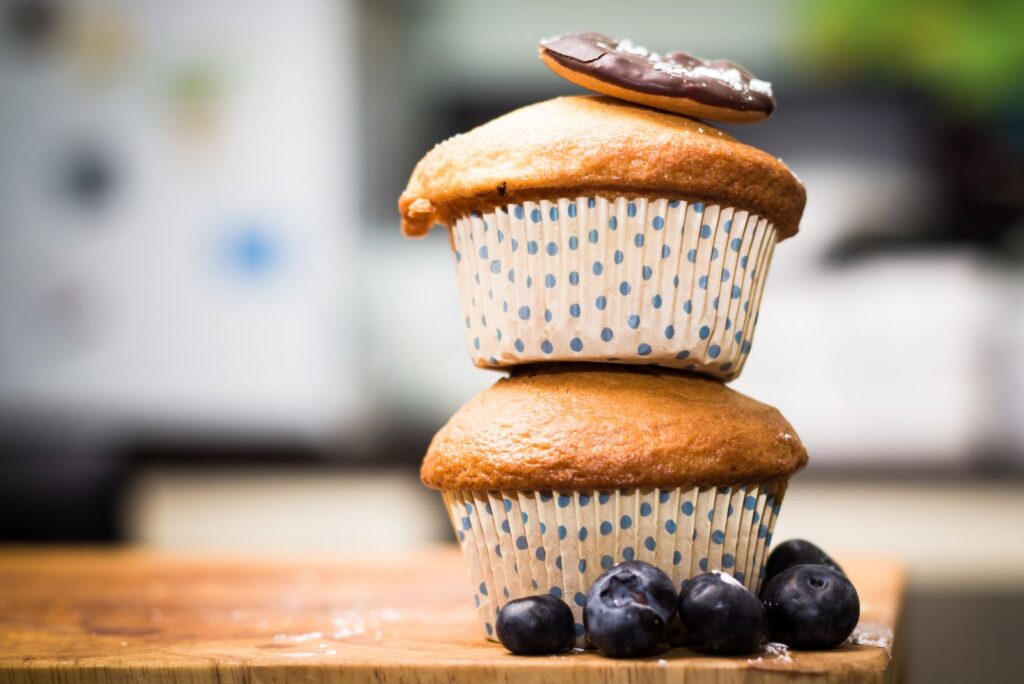KANSAS CITY, MO — Consumers are likely to put their money where the health halo is. According to The Hartman Group’s Future of Food 2021 report, people are willing to pay a premium when a product claims certain wellness attributes.
The International Food Information Council’s 2021 survey found that of the health benefits consumers are seeking out, weight loss and weight management, energy and less fatigue, digestive health, and heart and cardiovascular health top the list. Immunity-boosting also remains a driving force with 61% of consumers using food as a remedy to treat or prevent a condition according to Hartman Group data.
A plant-based diet is one popular path consumers are taking to support their wellness goals, but it’s not just for vegetarians. According to Hartman Group, 48% of all consumers look for products labeled plant-based, but only 8% of all consumers identify as vegetarian. Taste and discovery, health and wellness, sustainability, and ethical reasons are among consumers’ top motivators for seeking out plant-based products.
Banza’s high protein plant-based pizzas, Seconds’ upcycled crackers featuring carrot pulp and Renewal Mill’s cookie collaboration with vegan company Miyoko’s Creamery are just a few examples of recent innovations in the space.
“We’re starting to see protein claims in the baked goods aisle, and that really shows what a prominent trend it is,” said Jonna Parker, principal for IRI’s Fresh Center of Excellence.










